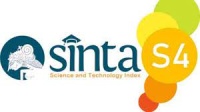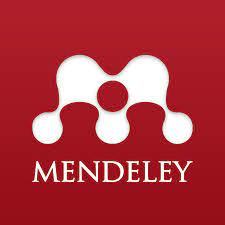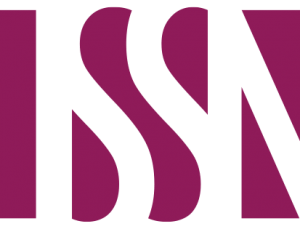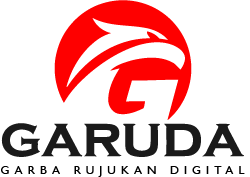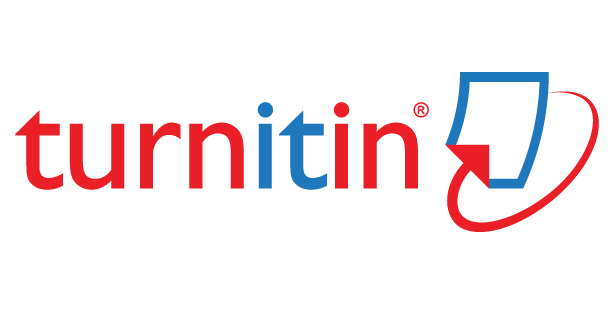THE EFFECT OF WELDING CURRENT ON AISI 1045 STRENGTH AND CORROSION RATE
Abstract
Shielded Metal Arc Welding (SMAW) was widely used in industry for joining AISI 1045 steel because this method was simple, in-expensive, and the device is portable. This researched aimed to analyze the effect of variations in welding current towards material strength and corrosion rate of AISI 1045. Welding current that been used as variations in this study are 100, 110, and 120 Ampere. This research was conducted using tensile test on the weld area and immersion around the weld area in NaCl solution with 0.4% concentration. From the research that conducted, it is known that increasing in welding current made the yield strength, tensile strength, and fracture strength of material also increased. This phenomenon also happened for elongation of material in weld area. With increasing the welding current then the elongation of material also increasing. Another aspect that researched in this paper is the effect of welding current toward corrosion rate of material. From the result, it was known that increasing welding current made corrosion rate of material became faster.
Full Text:
PDFReferences
A. Pramono, “Karakterisrik Mekanik Proses Hardening Baja Aisi 1045 Media Quenching Untuk Aplikasi Sprochet Rantai,” J. Ilm. Tek. Mesin CakraM, vol. 5, no. 1, pp. 32–38, 2011.
“AISI 1045 Carbon Steel - AISI 1045 Medium Carbon Steel,” All Metals & Forge Group. [Online]. Available: https://www.steelforge.com/aisi-1045/. [Accessed: 26-Aug-2020].
J. Robert W. Messler, PRINCIPLES OF WELDING. Singapore: WILEY-VCH Verlag GmbH & Co. KGaA, 2004.
M. Khafifudin, “The Effect Of Current On SMAW Welding To Tensile Strength And Micro Structure Of Low Carbon Steel,” 4th Int. Conf. Eng. Technol. Dev., no. Icetd, pp. 173–177, 2017.
Rohit Jha and A. K. Jha, “Influence of Welding Current and Joint Design on the Tensile Properties of SMAW Welded Mild Steel Joints,” Int. J. Eng. Res. Appl., vol. 4, no. 6, pp. 106–111, 2014.
Anon, “G1-90, Standard Practice for Preparing, Cleaning, and Evaluating Corrosion Test Specimens.,” ASTM Spec. Tech. Publ., vol. 90, no. Reapproved, pp. 505–510, 1985.
M. G. Fontana, Corrosion engineering, Third edit. McGraw-Hill, 1986.
F. Priyantoro, B. Santosa, and H. Supomo, “Analisa Pengaruh Luasan Scratch Permukaan Terhadap Laju Korosi Pada Pelat Baja A36 dengan Variasi Sistem Pengelasan,” J. Tek. ITS, vol. 1, no. 1, 2012.
T. Ojahan and J. Winata, “Perhitungan Laju Korosi pada Material Baja A36 Akibat Proses Pengelasan Smaw ( Shielded Metal Arc Welding ),” J. Mech., vol. 4, pp. 38–44, 2013.
Anon, ASME Section IX-2015 Welding, Brazing, and Fusing Qualifications. ASME, 2015.
DOI: https://doi.org/10.31284/j.jasmet.2020.v1i2.1159
Refbacks
- There are currently no refbacks.
Copyright (c) 2020 Iftika Philo Wardani, Vuri Ayu Setyowati, Suheni Suheni, Ilham Prajala Samudra

This work is licensed under a Creative Commons Attribution-ShareAlike 4.0 International License.
Mailing Address: Journal of Applied Sciences, Management and Engineering Technology - ITATS Institut Teknologi Adhi Tama Surabaya Jl. Arief Rahman Hakim No.100, Surabaya 60117 email: [email protected] Website : https://ejurnal.itats.ac.id/jasmet/index

This work is licensed under a Creative Commons Attribution-ShareAlike 4.0 International License.
